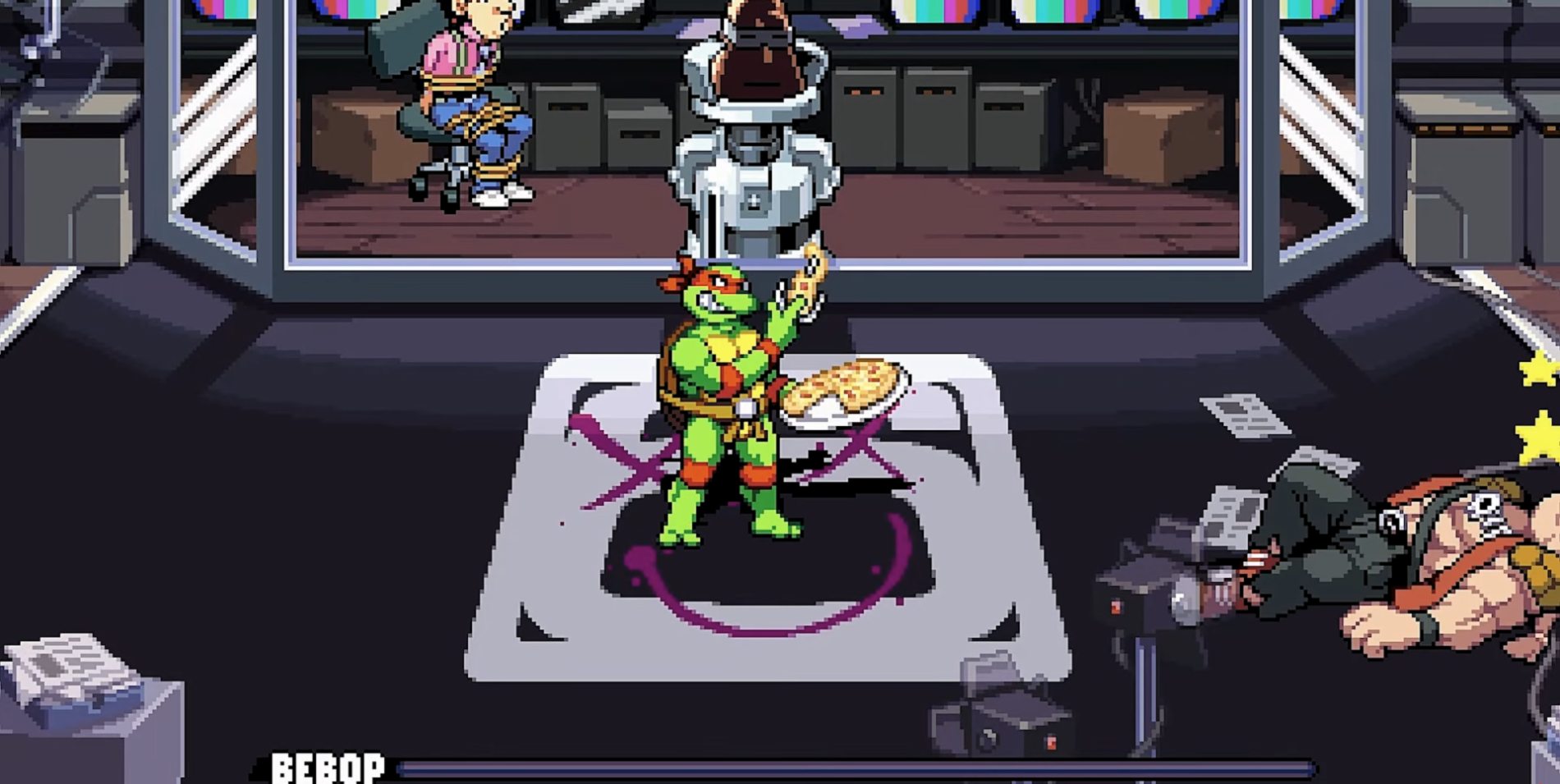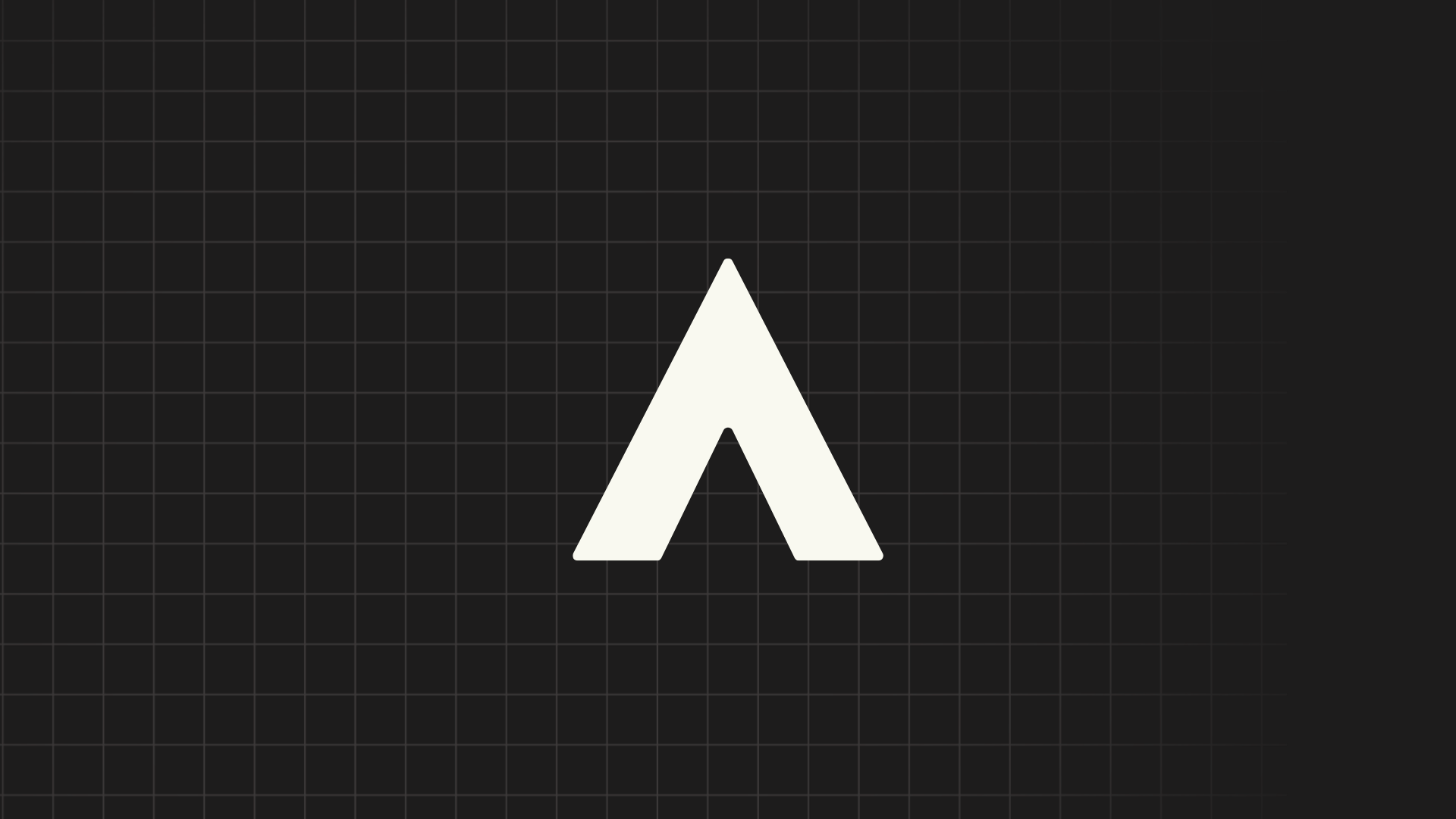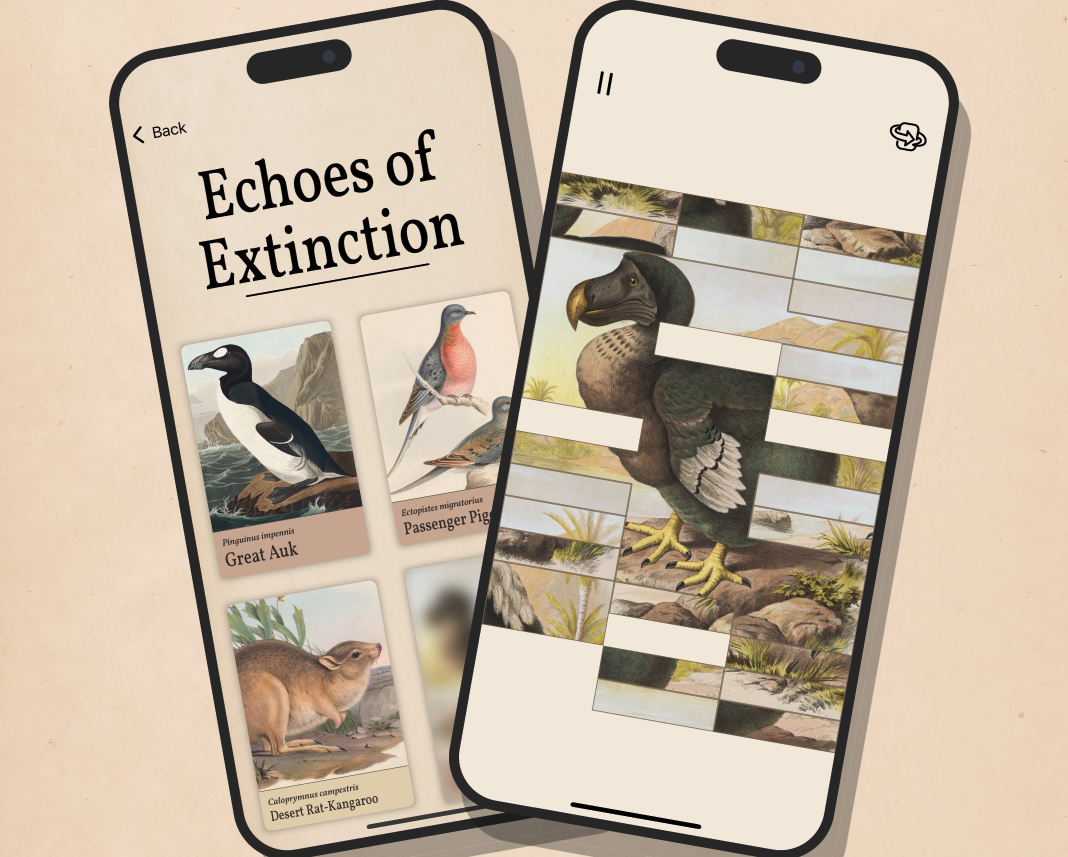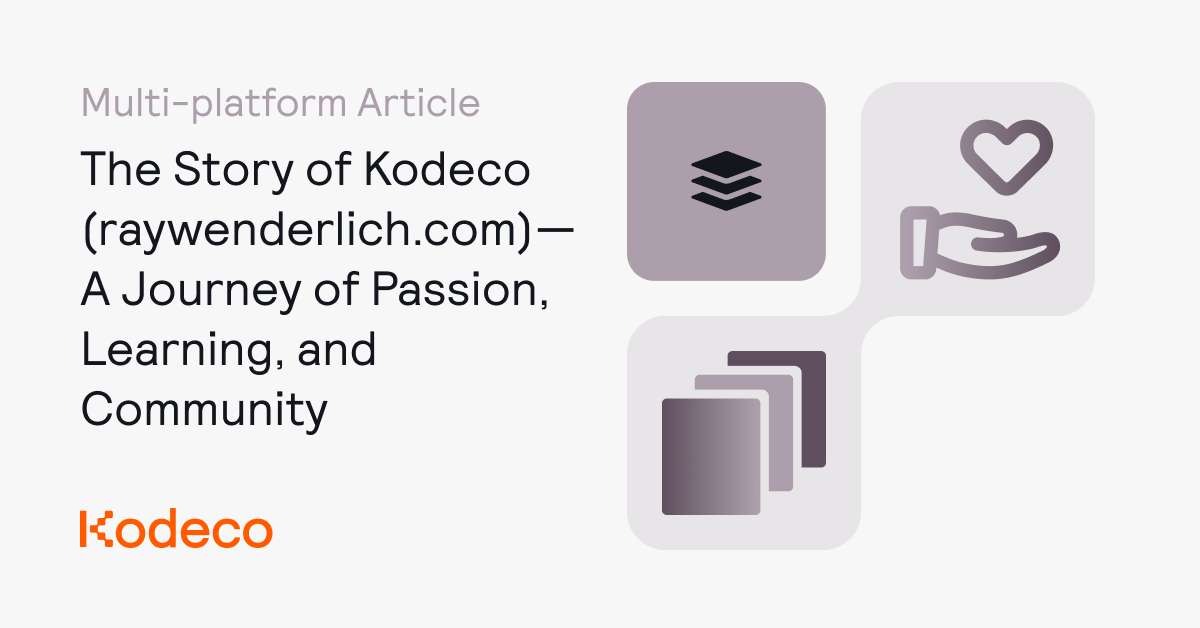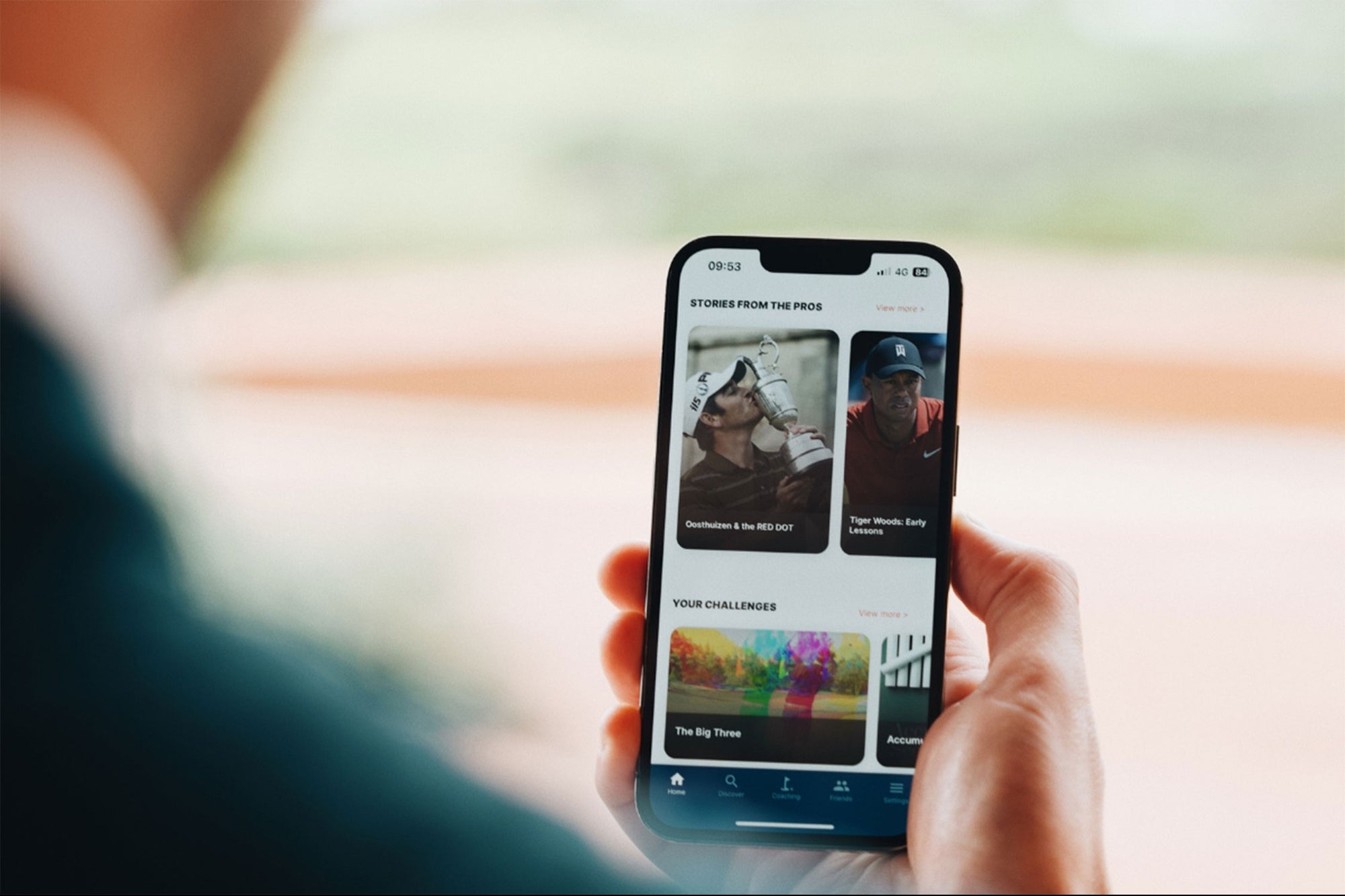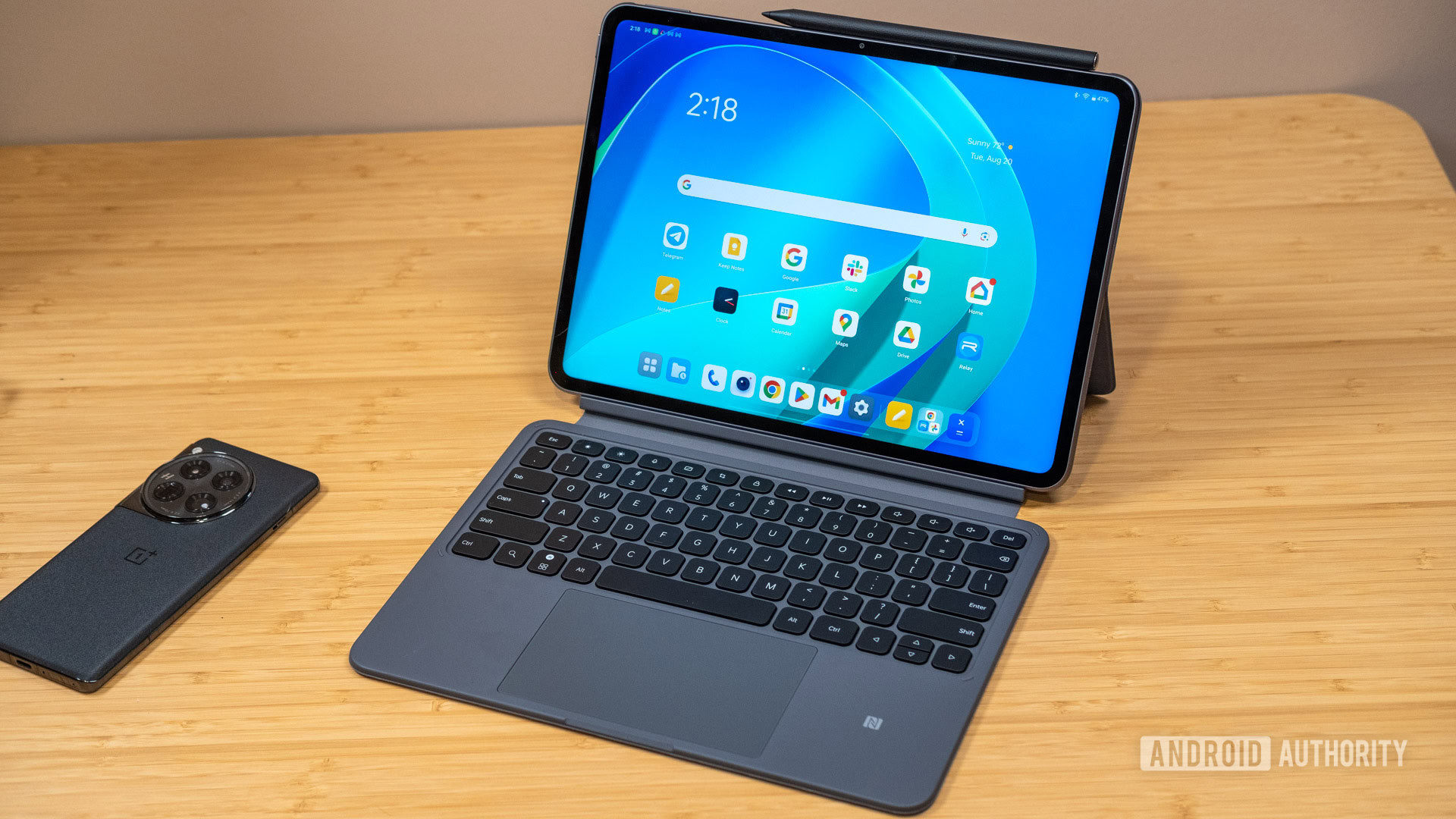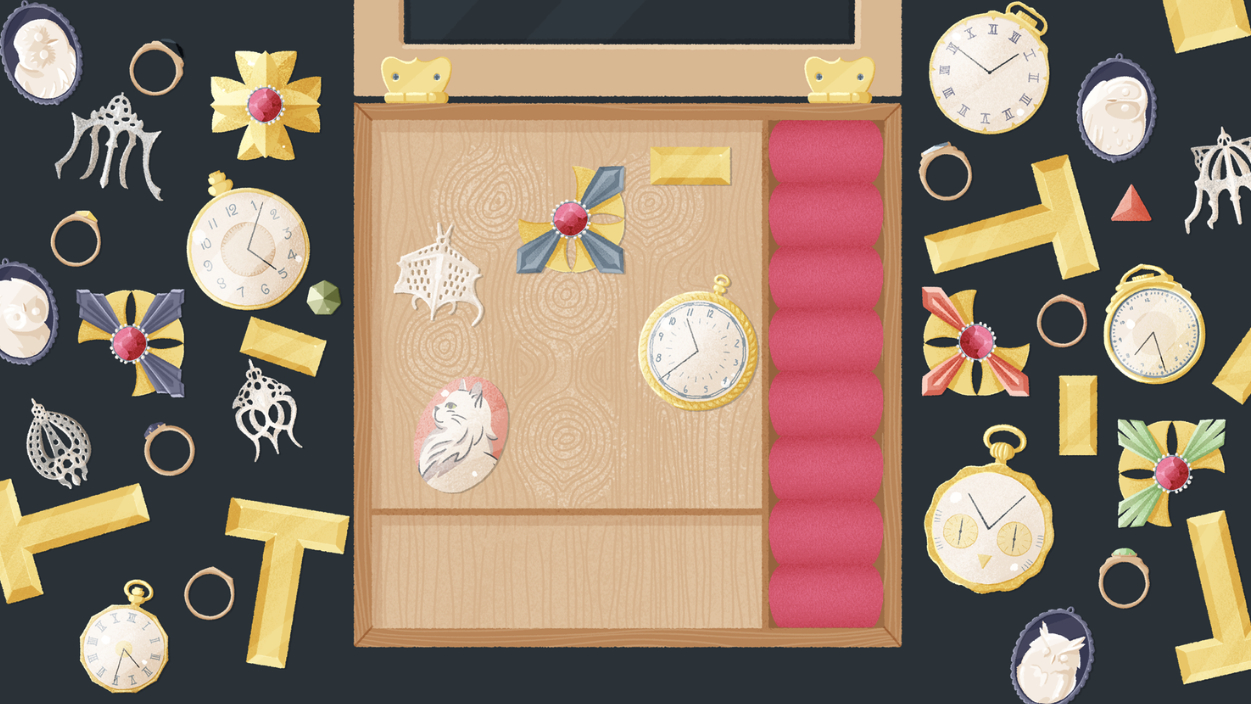Fifteen years ago, I was an indie iOS developer, creating my own simple apps like these:

It was a fun and exciting time, but there was one big challenge—iOS was still brand new, and good documentation was hard to come by. Learning the platform often felt like piecing together a puzzle without all the pieces, and more often than not, I found myself feeling stuck and, frankly, a little stupid.
To make things easier—not just for myself, but for others facing the same struggles—I decided to start a blog to document what I was learning. And with that, raywenderlich.com was born!

The Humble Beginnings: A Blog and a Small Team
When I first started the blog, I made myself a deal: I would write one tutorial a week. The plan was simple—spend one day each week writing tutorials and use the rest of my time working on my own apps.
That worked for a while, until I started polling my readers about which topics they wanted me to cover next. More often than not, they’d choose subjects I hadn’t yet explored for my apps. This meant extra research on my part, and soon I found myself spending more than my allocated day each week writing tutorials. It was beginning to take a toll on the time I needed for my own projects.

I realized I needed help. So, I put out a call for authors to join me, and I was lucky to have some amazing people respond.
Together, we began crafting tutorials using this simple, yet effective process:
- My wife, Vicki, would create any necessary graphics and artwork for the sample projects.
- Each author would write a first draft.
- My friend Fahim Farook would tech-edit each tutorial.
- My friend BC Phillips would do an English-language edit for each tutorial.
- I would do a final edit and review to ensure everything was polished.
By collaborating this way, we were able to produce a ton of high quality tutorials. As our team grew, we added more tech editors, editors, and artists, and by the end of 2014, we looked like this:

The Power of Community: From Online Friends to a Real Family
We all shared a deep passion for making apps and teaching others how to do the same. As we collaborated and spent time together, we became more than just colleagues—we became friends. And along the way, we had a ton of fun.
I’ll always remember our daily hangouts on IRC, where we’d make memes and laugh together. One of our favorite activities was slapping Charlie with a trout:

Then there was Tammy, who always led the way with creativity and humor:

We loved pulling off April Fools’ pranks too. One year, we “discovered” an undocumented thermometer inside the iPhone and released a Thermometer App Starter Kit to measure your turkey’s temperature (among other things). To our surprise, a lot of people tried to buy it. :]

Each Christmas, we’d all come together to create a cheesy Christmas song with geeky iOS-related lyrics. They were always a bit amateurish, but always so much fun. One of my favorites even featured the infamous “Mic Dance.”
https://www.youtube.com/watch?v=0koXSaOb0Dc
For us, it was never just about creating great tutorials—it was about making memories and having fun with a group of friends.
Breakthrough Moments and Big Changes
While we were having fun, we were also building a business. Along the way, there were three key turning points that really shaped the journey.
The first turning point came when I decided to shift all my focus to raywenderlich.com, leaving my own app development behind. This decision was sparked by our first book, iOS 5 by Tutorials, which ended up earning over $150K—far beyond any of our expectations. It was a huge success, and we realized we needed to create more books for the community.
Another major turning point came in 2014 with the release of Swift. I remember sitting in the audience at WWDC, feeling a sense of panic: “Oh no! Our entire blog and all of our books are in Objective-C, and now they’re obsolete. What will we do?! Rewriting everything seems impossible.”
But then I took a deep breath, steadied myself, and thought, “No, we can do this—and it will be fun!” We fully embraced Swift, updating all our books and tutorials to reflect the new language. My cousin, Ry Bristow, even made this music video to capture how we were feeling at the time:
The final turning point was when we switched from individual book sales to a subscription model, offering video courses and online books. This change provided a much steadier and more reliable income stream, enabling us to grow and expand our content. We were able to dive into new topics like Android, Flutter, Unity, and more, creating a wider range of resources for the community.
RWDevCon: Bringing the Community Together in Person
One of the things I’m most proud of during this time was organizing RWDevCon: a live, in-person conference focused on interactive, hands-on tutorials.

It all began with a suggestion from a few team members that we should run our own conference. I agreed, not really knowing what I was getting myself into!
I still remember how nervous I was before the first RWDevCon. Vicki and I took the stage to give some opening remarks. As soon as we said, “Welcome to RWDevCon!” the crowd erupted into applause and cheers. We weren’t expecting that level of enthusiasm—what felt like an outpouring of love and appreciation. We looked at each other, smiled, and suddenly felt our anxiety fade away. We knew right then the conference was going to be a success.
Putting on the conference was a tremendous amount of work for the entire team (I’ll always be grateful to everyone who participated and put up with me!). But despite the challenges, Vicki and I couldn’t have been happier with how everything turned out. It was such a joy seeing everyone having fun and engaging with the events. Those are days I’ll always cherish.
